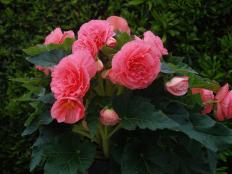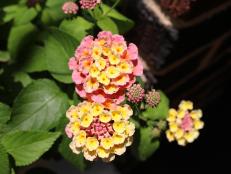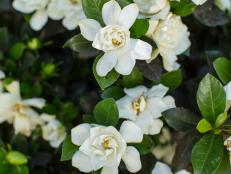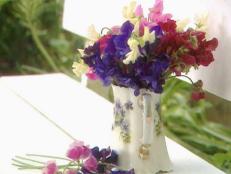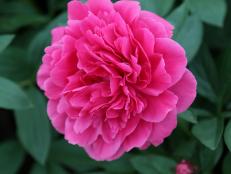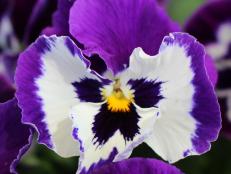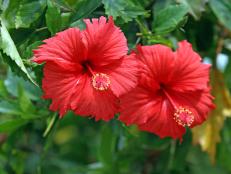4 Can't-Miss Strategies to Increase Flower Color
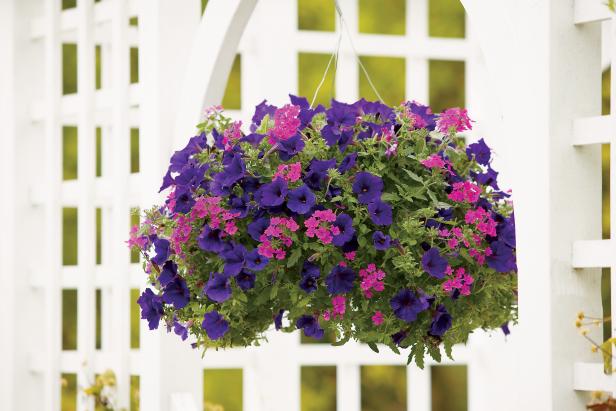
Image courtesy of ProvenWinners.com
Turn on the flower power in your garden by learning tricks and tips to encourage plants to form flower buds. Blooming plants are wired to form flowers—that’s their ticket to setting seed and perpetuating their presence in the landscape. By following a few easy steps, you can coax many plants to continue setting flower buds throughout the growing season.
Deadheading
Each time a plant blooms, it’s aiming to set seed. For annuals and perennials, once seed forms (following pollination), blooming slows and eventually grinds to a halt. The secret to keeping the flowers coming is not to allow seeds to form. That’s where deadheading comes in. Deadheading simply means removing dead flowers. Each time you remove a faded blossom—including its little stem—you prevent a plant from setting seed. The plant responds by forming more flower buds.
Deadheading works well with annuals and some perennials, like daisies, coneflowers, bee balm and pincushion flower. If you want plants like larkspur, foxglove or cleome to self-sow, don’t deadhead. Some annuals, like summer snapdragon (Angelonia), Signet marigold (Tagetes tenuifolia) and Senorita Rosalita cleome, are sterile and don’t produce seed. As a result, deadheading isn’t vital to continued flowering, but keeps plants looking tidy.
Bloom Booster
Another way to pump up the color is to keep plants well-fed. Traditional fertilizers promote overall plant growth, and a nourished plant flowers well. Bloom booster fertilizers are marketed as encouraging plants to form more flower buds. These fertilizers are high in phosphorus (the middle number on the fertilizer package) and may have a formula like 15-30-15. The latest research shows that plants can only take up so much phosphorus, so applying extra won't necessarily provide a benefit. If you want to use bloom booster fertilizers, try them with container plants. Don't apply bloom boosters to native soil without first taking a soil test. If your soil is already phosphorus-rich, plants can’t take up more—save your money and local groundwater.
Bloom boosters may be a slow-release type, which comes in granule form, or a water-soluble powder that you mix with water and pour on soil. Slow-release bloom boosters are good for adding to hanging baskets (just sprinkle onto soil) or mixing into the top inch of soil in pots. Don’t start using bloom boosters on container plants until they start forming their first flower buds. For container plants, if you use water-soluble bloom booster, apply it about every 10 to 14 days. It’s okay to add water-soluble bloom booster to container plants that have slow-release non-bloom booster fertilizer mixed into soil. Use bloom booster at half strength to avoid over-fertilizing.
Pinching
Pinch out the growing tip on flowering plants—annuals and perennials. When you remove the tip, the next set of buds on the stem awakens, and two new shoots start to grow. By pinching out the tip, you get twice as many growing stems, which means twice as many flowers. Do this pinch early in the growing season.
Water
Flowering takes a lot of energy for a plant. Healthy plants that have all the water they need form more flowers than drought-plagued plants. Use mulch around perennials to help conserve water. For container plants, water whenever soil is dry one-knuckle deep.







